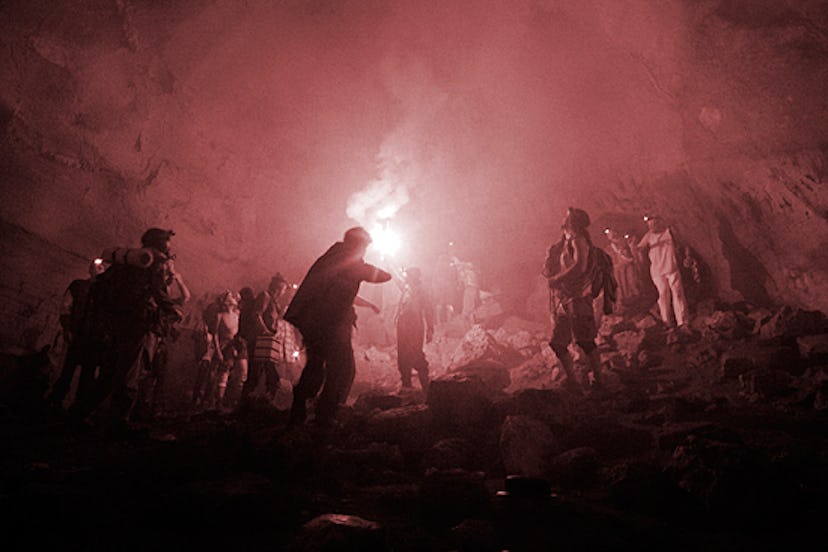Venice Preview: Gilad Ratman
Gilad Ratman, one of the youngest artists in the exhibition, will trek across desert, over water, and beneath the earth from his hometown of Haifa to the Israeli pavilion in Venice.

Next week, the international art world will begin arriving in the City of Water for the 55th Venice Biennale by plane, train, and boat. Gilad Ratman, who is based in Tel Aviv, and as one of the youngest artists in the exhibition will represent Israel, will be taking a less direct route–a trek across desert, over water, and beneath the earth from his hometown of Haifa to the Israeli pavilion in Venice. This art pilgrimage is not meant to turn Ratman’s entrance into a physical spectacle–like the one made by the Brooklyn artist Swoon when she crashed the 2009 Biennale on a float made of garbage–but is actually the fictional narrative of a video he will be showing in the Israeli pavilion. “It’s completely absurd,” Ratman says. “It’s meant to be ridiculous. Of course there’s no way to go from Haifa to Venice in a straight line.”
Instead, what Ratman and his team have done is invent a mockumentary account, set to music, of what such a journey might look, sound, and feel like via a five-channel video shot in caves and on location in Israel and in Venice. They’ve even filmed a scene of their “arrival” from underground, where they’ve supposedly tunneled upwards until they break through the floor of the pavilion itself. “You piece together the story of the journey as you walk by the five screens,” Ratman explains. “That, along with the leftover rubble, is the evidence of the pavilion’s own biography. You get there and think, ‘I’m standing in a place where something’s already happened.'” For Ratman, the journey has always been at least as interesting–if not more so–than the destination. In past videos, he’s documented the process of creation and the real exertion that goes into artmaking. “I want to have things happen that are physical and visceral and sweaty,” he says. “The goal is to subvert this hierarchy that exists between production and its outcome.”
Photo: courtesy of Braverman Gallery